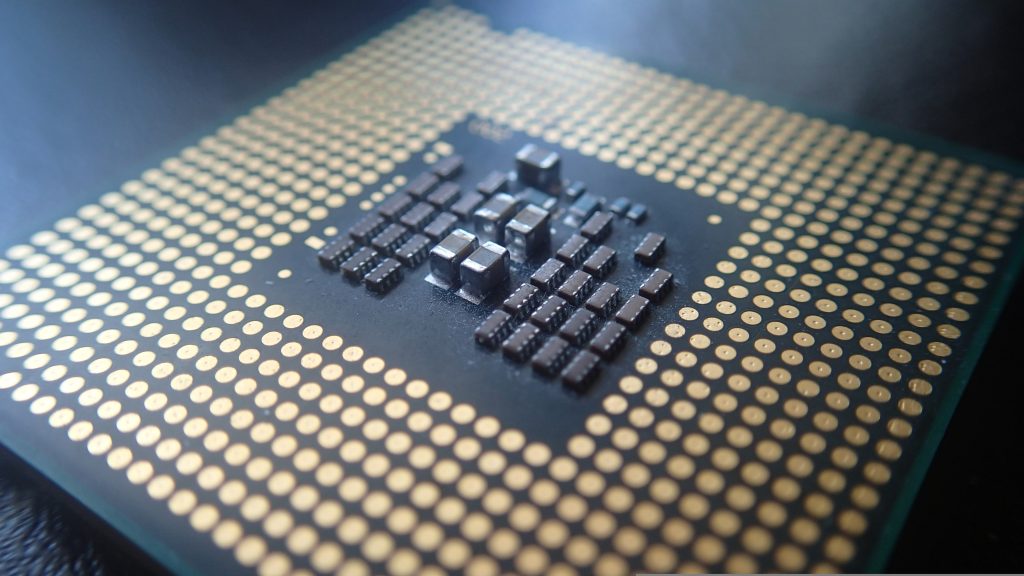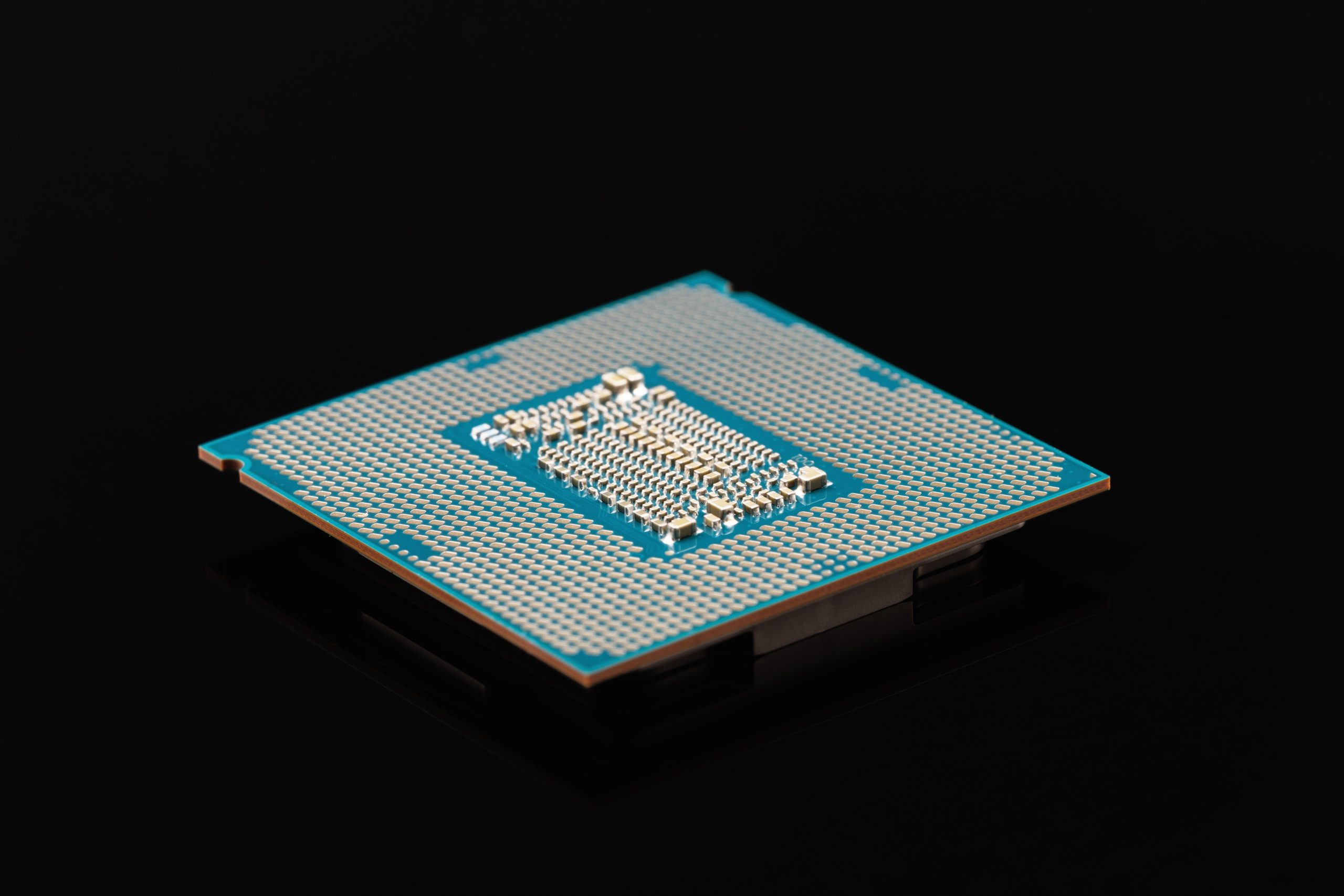
The shift to ARM-based processors, exemplified by Apple’s M-series chips, marks a pivotal moment in computing history. As energy efficiency becomes non-negotiable for devices ranging from smartphones to servers, developers are reimagining software to harness the full potential of ARM architecture. But what does this transition entail, and how are engineers optimizing code for these revolutionary chips?
The Rise of ARM: Efficiency Meets Performance
ARM processors have long been celebrated for their energy efficiency, a result of their Reduced Instruction Set Computer (RISC) design. Unlike traditional x86 architectures, ARM chips minimize power consumption by executing simpler instructions faster, a trait critical for battery-powered devices
Apple’s M1 and M2 chips, built on ARM’s architecture, leverage this efficiency while delivering desktop-class performance, proving that low power usage and high speed are no longer mutually exclusive.
However, this shift requires developers to rethink software design. Legacy applications optimized for x86 often underperform on ARM unless re-engineered—a challenge Apple addressed by integrating Rosetta 2, a translation tool that bridges compatibility gaps.
Yet, true optimization demands more than emulation.
Optimization Strategies for ARM-Based Chips
- Leveraging RISC Principles
- ARM’s RISC architecture excels at breaking complex operations into smaller, efficient tasks. Developers are now writing code that aligns with this paradigm, prioritizing single-cycle instruction execution and minimizing redundant computations.
- For example, vectorized operations using ARM’s NEON technology (a SIMD instruction set) accelerate machine learning and multimedia tasks, a strategy critical for apps relying on AI or image processing
- Exploiting Custom Cores and Heterogeneous Computing
- Apple’s M-series chips feature custom high-performance and efficiency cores, allowing dynamic workload distribution. Developers optimize thread management to route tasks to the appropriate cores—power-hungry processes to performance cores and background tasks to efficiency cores.
- This approach maximizes battery life without sacrificing speed.
- Compiler and Toolchain Innovations
- Tools like LLVM and Apple’s Xcode now include ARM-specific optimizations, enabling automatic code generation tailored to the architecture. For instance, compilers optimize memory access patterns to exploit ARM’s high-speed cache hierarchies, reducing latency.
- Machine Learning Integration
- ARM’s architecture is increasingly paired with dedicated neural processing units (NPUs), as seen in Apple’s Neural Engine. Developers are rewriting AI models to run locally on these chips, reducing reliance on cloud servers and slashing energy costs.
Challenges in the Transition
While ARM’s benefits are clear, hurdles persist:
- Legacy Code Adaptation: Rewriting decades of x86-optimized software for ARM is resource-intensive. Even with tools like Rosetta 2, some applications suffer performance dips.
- Cross-Platform Consistency: Ensuring seamless performance across ARM-based devices (e.g., Windows on Snapdragon vs. macOS on M-series) requires rigorous testing and abstraction layers
- Developer Expertise: ARM’s nuances—such as memory alignment and instruction pipelining—demand specialized knowledge, pushing teams to upskill
The Future: Beyond Mobile and Laptops
ARM’s dominance is expanding beyond consumer devices. Microsoft’s collaboration with Qualcomm on ARM-based Windows PCs and Amazon’s Graviton servers signal a broader shift toward cloud and enterprise adoption.
For developers, this means optimizing not just apps but server-side software for ARM, unlocking cost savings through reduced energy bills and smaller data centre footprints.
Apple’s M-series chips also hint at a future where custom silicon becomes standard. As ARM licenses its architecture to more manufacturers (e.g., NVIDIA, Samsung), it expects tailored chips for niche applications—from IoT devices to autonomous vehicles.
Conclusion: A New Era of Software Development
The ARM revolution is rewriting the rules of software development. By prioritizing energy efficiency without compromising performance, ARM-based chips like Apple’s M-series are pushing developers to innovate at the code level. Whether through RISC-aligned algorithms, heterogeneous computing, or NPU-driven AI, the goal is clear: build smarter, leaner, and future-ready applications.
As ARM continues its march into servers, wearables, and beyond, developers who master these optimization strategies will lead the next wave of computing innovation.

Leave a Reply